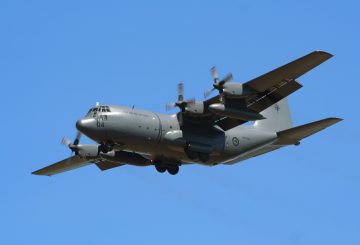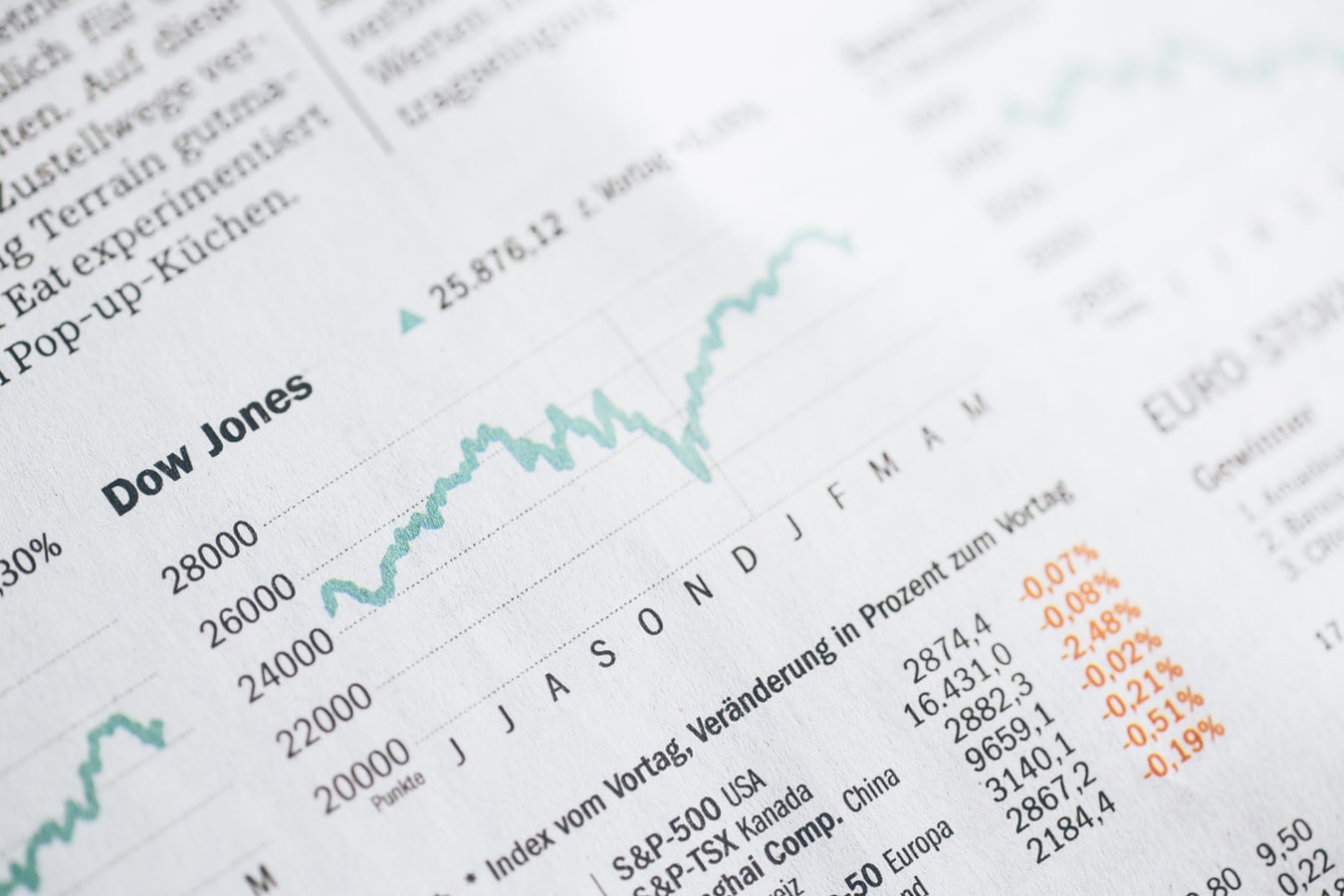Một trong những người trồng quả bí bơ lớn nhất New Zealand đang thâm nhập vào thị trường protein thay thế của châu Á bằng sữa nguồn gốc thực vật.
Kabochamilk là sự hợp tác giữa người trồng vịnh Hawke Shane Newman và Sachie Nomura, một đầu bếp nổi tiếng người Nhật, người cũng đã phát triển ra loại sữa bơ đầu tiên trên thế giới.
Kabocha, một loại bí của Nhật Bản, là một phần chủ yếu của chế độ ăn uống Nhật Bản và Đông Á và New Zealand là một trong những nhà xuất khẩu kabocha lớn nhất đến Nhật Bản và Hàn Quốc.
Bộ Công nghiệp sơ cấp đã đóng góp hơn 95.000 đô la thông qua quỹ thực phẩm tương lai và chất xơ bền vững để giúp thúc đẩy nỗ lực của Kabocha Milk Co trong việc xây dựng, sản xuất và tiếp thị một công thức sữa kabocha ổn định có thể thu hút người tiêu dùng ở Nhật Bản, Hàn Quốc, Trung Quốc, và nhiều hơn thế nữa.
Newman cho biết bằng cách khai thác các kênh phân phối và bán lẻ mạnh mẽ mà gia đình ông đã thành lập từ hơn 40 năm kinh doanh trồng trọt và xuất khẩu tươi, Kabochamilk đã có thể tiếp cận với mạng lưới phân phối rộng lớn với khoảng 5000 nhà bán lẻ, siêu thị và chuỗi cửa hàng tiện lợi châu Á.
Newman nói: “Kabochamilk của chúng tôi sử dụng trái cây tag-3 chưa được báo cáo, tạo ra một sản phẩm có giá trị cao, bền vững và có thể xuất khẩu được từ những sản phẩm mà nếu không sẽ bị lãng phí.
“Thật vô cùng hài lòng khi đã nắm bắt được một cơ hội mới cho ngành công nghiệp kabocha của New Zealand.”
Newman cho biết mặc dù tất cả sản phẩm của họ sẽ được đưa ra nước ngoài, nhưng họ đang sử dụng nông dân địa phương, R&D địa phương và các nhà sản xuất địa phương, các công ty đóng gói và hậu cần trong nước.
Ông nói, câu chuyện về cây kabocha được trồng và sản xuất ở New Zealand là một phần quan trọng trong việc xây dựng thương hiệu.
“Người trồng New Zealand đã có uy tín rất cao giữa người tiêu dùng, vì vậy chúng tôi nhấn mạnh câu chuyện nguồn gốc của sản phẩm trong tiếp thị của chúng tôi”, Newman nói.
“Phản hồi của thị trường đã rất tích cực, từ khái niệm sản phẩm, đến hương vị, đến thương hiệu.”
Kabochamilk được định vị là sản phẩm ‘thay thế sữa’ hàng ngày có thể dùng bất cứ lúc nào trong ngày như một cách đơn giản và ngon để đưa các chất dinh dưỡng lành mạnh vào chế độ ăn uống của gia đình.
Giám đốc chương trình đầu tư của MPI Steve Penno cho biết Kabocha Milk Co đang cung cấp các cơ hội việc làm có giá trị trong lĩnh vực thực phẩm của New Zealand và những cơ hội này sẽ tiếp tục phát triển khi công ty mở rộng.
“Đó cũng là một cách sáng tạo để mang lại sản lượng và giá trị cao hơn cho người trồng của chúng tôi từ sản phẩm thặng dư. Hiện 10 đến 15% kabocha được trồng ở New Zealand được sử dụng làm thực phẩm dự trữ.






























































